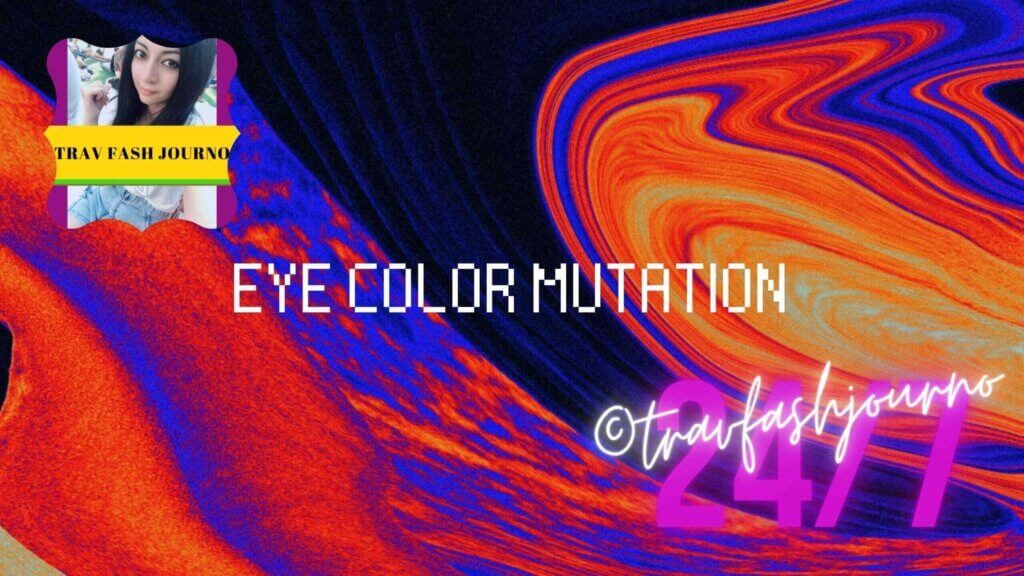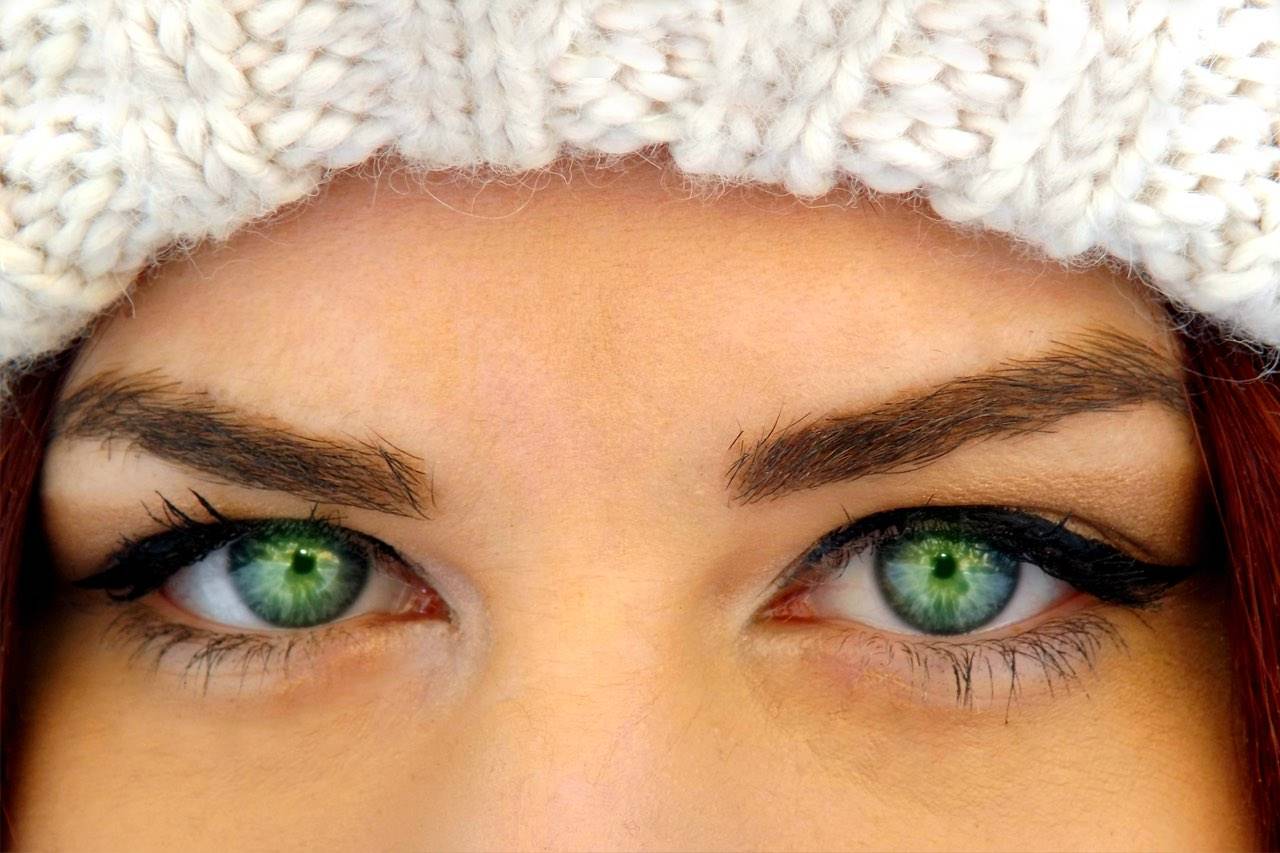
What is the eye color mutation?
There are people, with different eye colors, walking this earth. We have been given a different set of colored eyes by the almighty, as a result of evolution. “What is the eye color mutation”, you ask? We have humans with blue, black, brown, hazel, green, grey, a mix of green and blue, and many more such eye colors. Naturally, since our origins, we had brown eyes. Over the course of time, a genetic mutation affecting one gene turned off the ability to produce enough melanin to color the eyes brown; instead, people received blue eyes. So what happened with people with other color sets? (Source: Luna DNA).
Also Read: Your brain is a born procrastinator
Have you wondered how these colors evolved? How is it that one person has green eye color and the other blue or even brown for that matter? Finding it interesting right? I have found genetics as an answer to the color changes of the pupil in the eye. I had the assumption that beneath each color there is another color that creates the actual color of your eye. But, I was wrong. I was figuring out a logic between primary, secondary, and tertiary colors (memories of my art and painting classes popped up in my mind). There is a higher level of science at work. Genetics is the key! It is the keyword that you should search for along with ‘eye color’ to deepen your knowledge.
How is the color made?
It’s the amount of melanin in the eye that determines the eye color. What makes up the melanin volume in our eye? Our genetic makeup does! There are no pigments of blue or green or even hazel in our eyes. Default pigment in all eyes is brown (believe it or not). To test this, check the outer lining of your pupil. You will find that its color is brown! You can actually see a brown halo around the colored pupil! How are the different sets of eye colors made? Let’s have a look!
Blue
As spoken before, the color blue is a result of the low brown melanin concentrations. It is not blue pigmentation. You might be thinking this right? I am sorry to blow the bubble. The lower density of melanin allows for light to be reflected back to the wavelengths on the blue color spectrum. This is why the color of the eyes is blue for some. The logic is the same as why the sky is blue. Surprisingly, about 8-10% of all humans globally categorize as blue-eyed humans.
Green
Green eyes, oh so exciting! Who really has green eyes? Very few people, about 2% worldwide. Woah! That’s rare! Maybe more than Hazel’s eyes themselves, which will speak about next. Green eyes are in the same way as blue eyes. People having the green eye colors have low levels of melanin in the iris (even lower than the ones in the blue eyes) scatter more light out, in response to a genetic mutation. This makes the eyes appear green. The more the light out, the different the color changes. This phenomenon is like the color-changing ability of a chameleon.
Hazel
Do you know the color of hazel eyes? They are a mix of green and brown. It is the second rarest in the world, though green eyes are rare. About 5% of the global population has hazel eyes mutation. Apart from brown eyes, they have the most melanin count, but also less melanin like green-eyed people. Confused? Well, the hazel color in the iris is produced only with the combination of eye color mutation of Green & Brown eyes, and this makes it hazel color unique.

